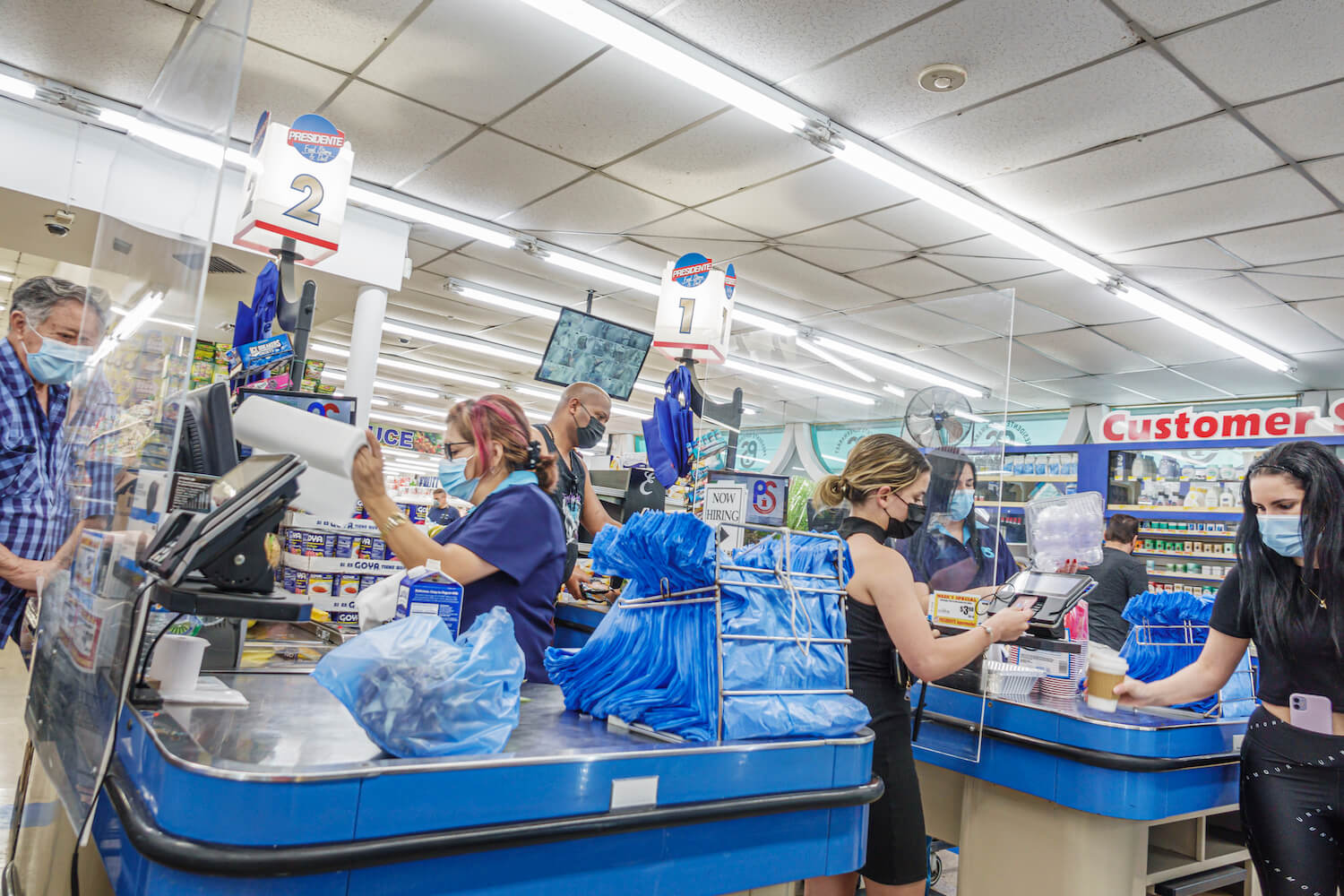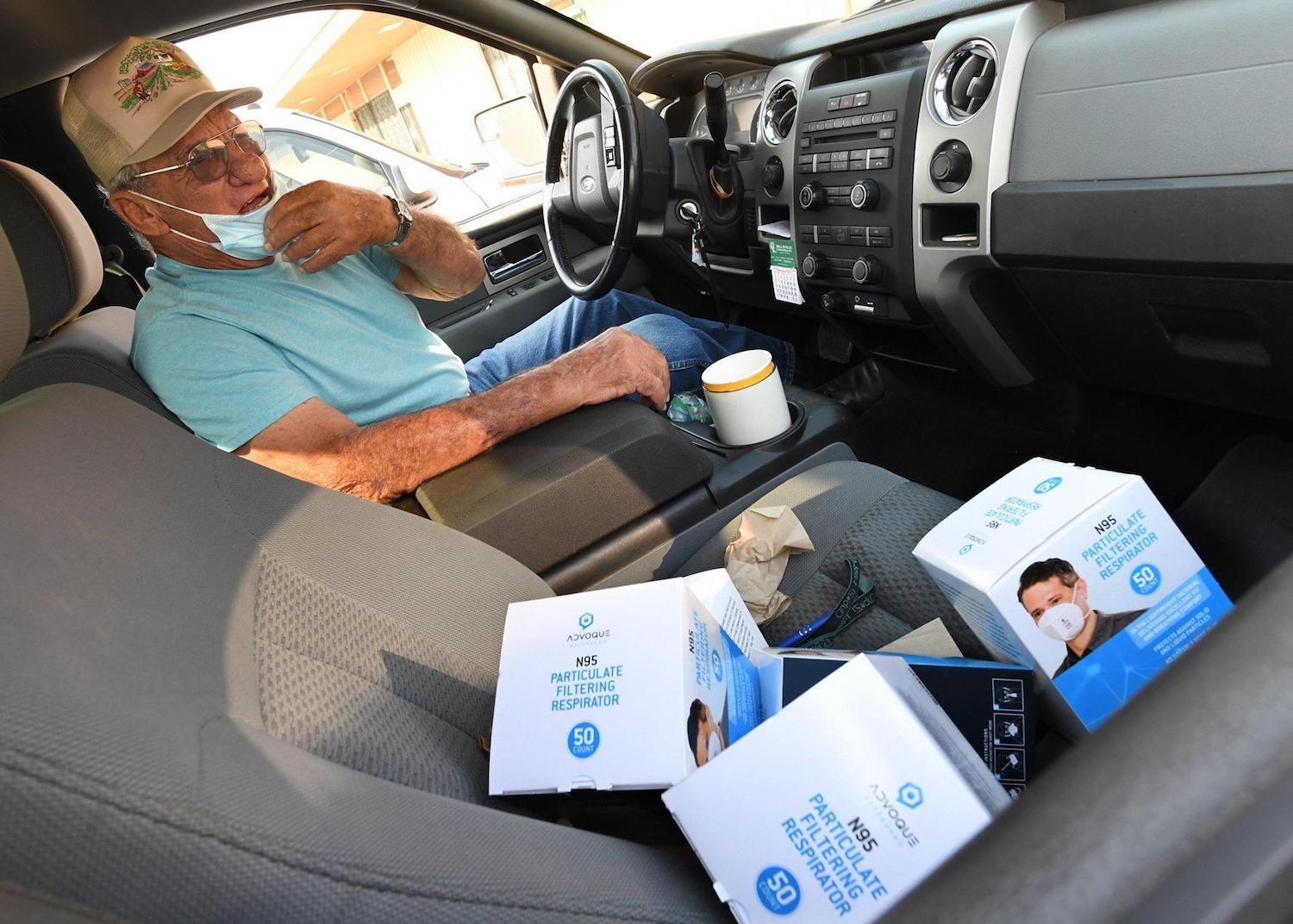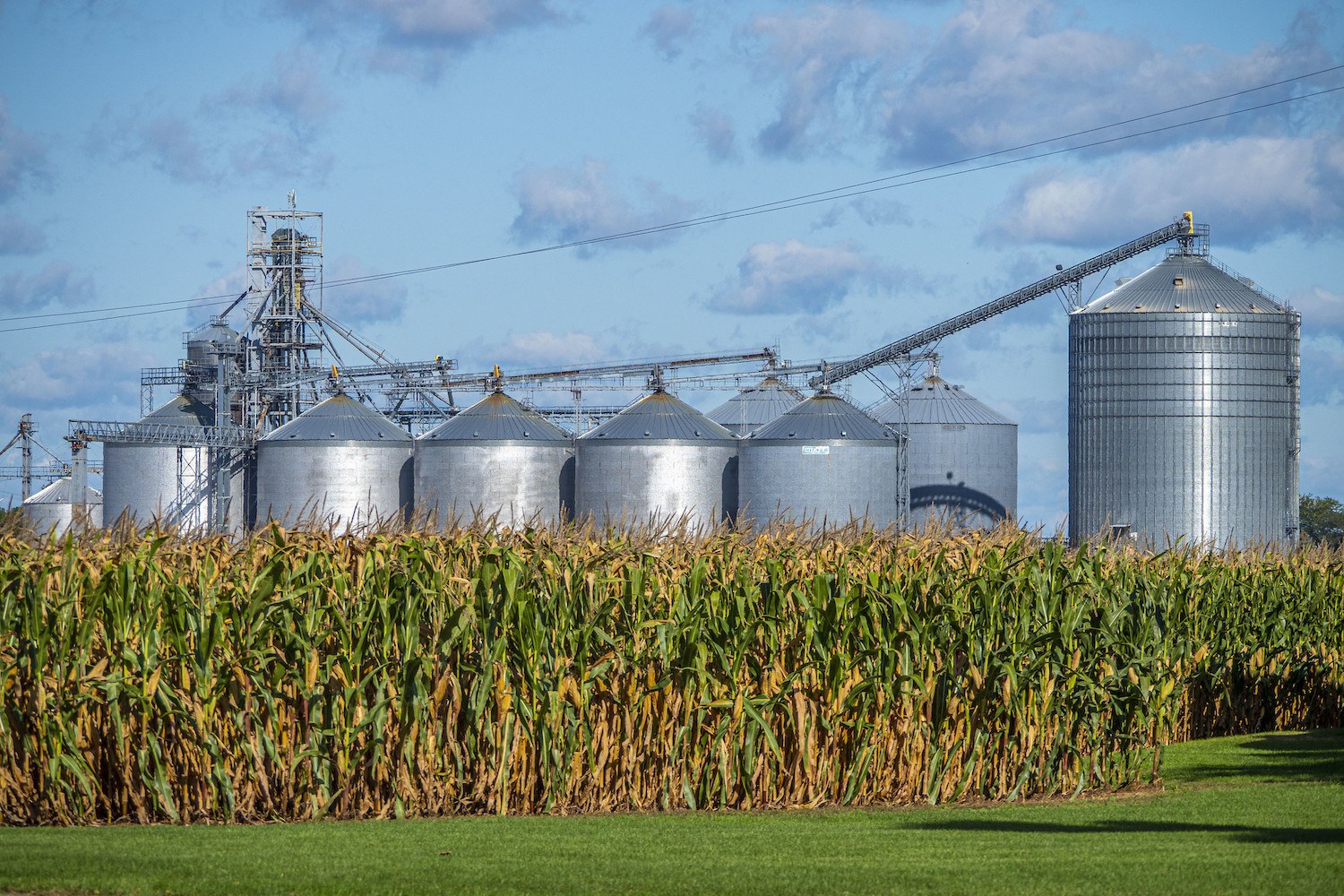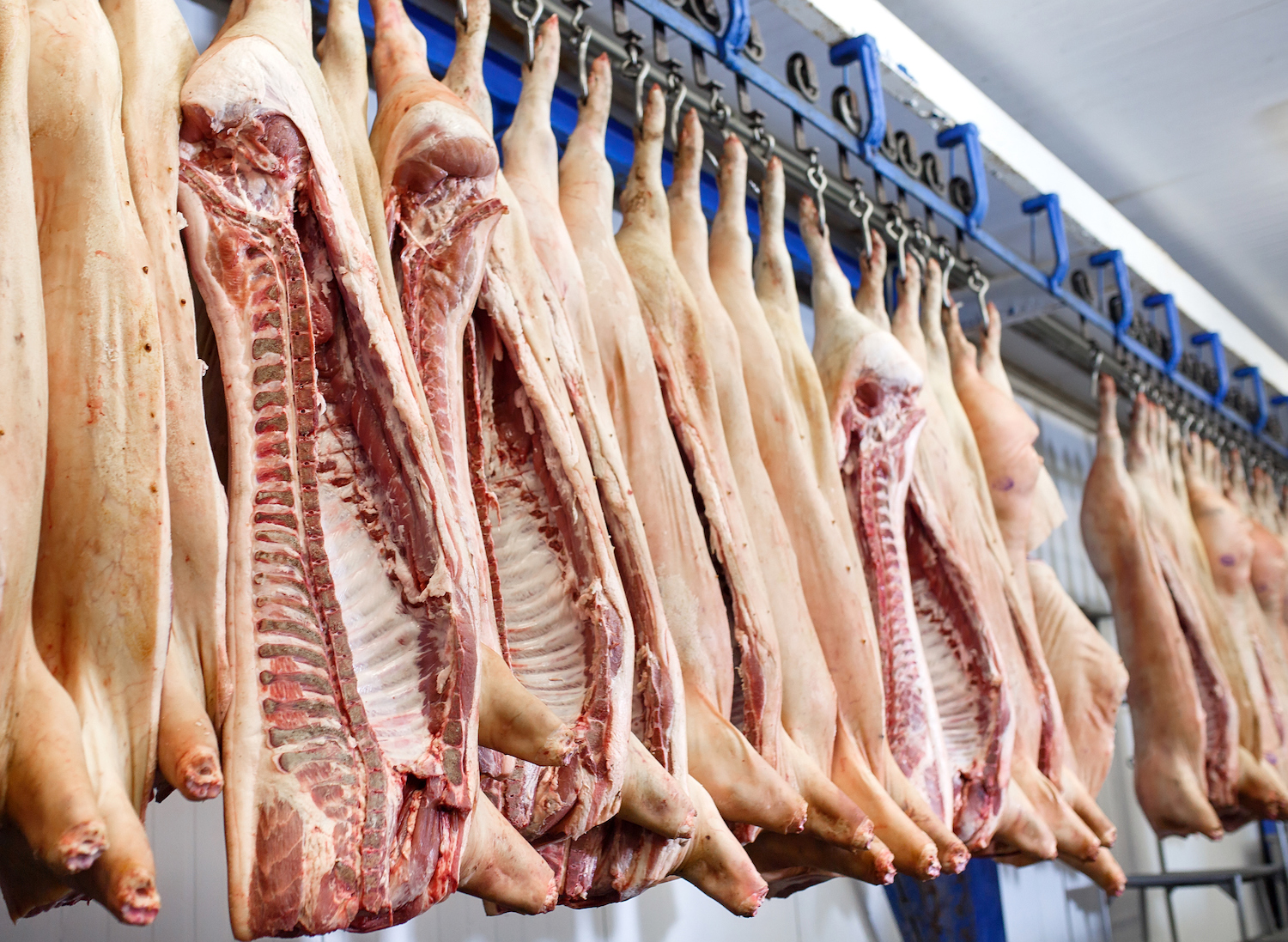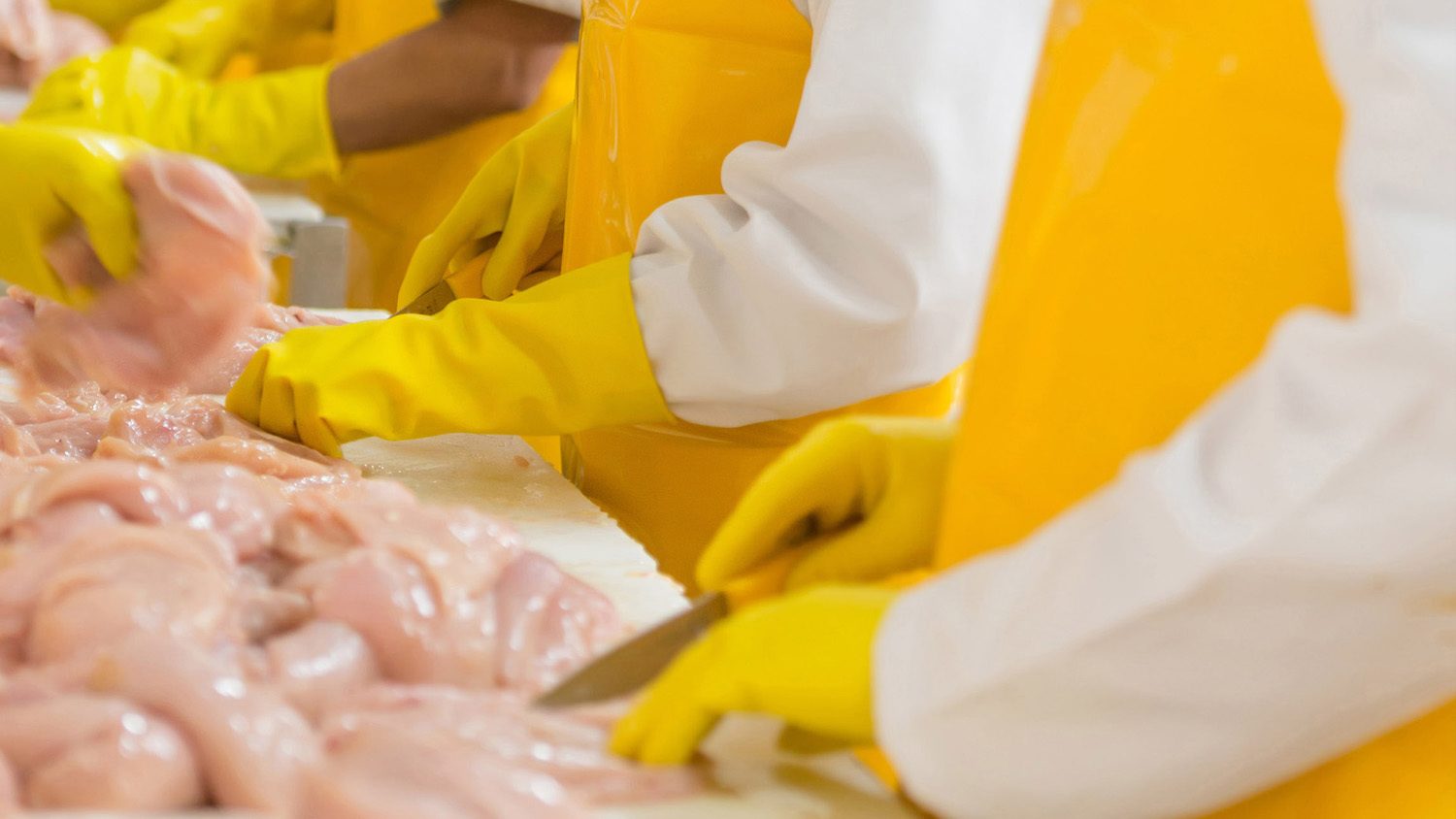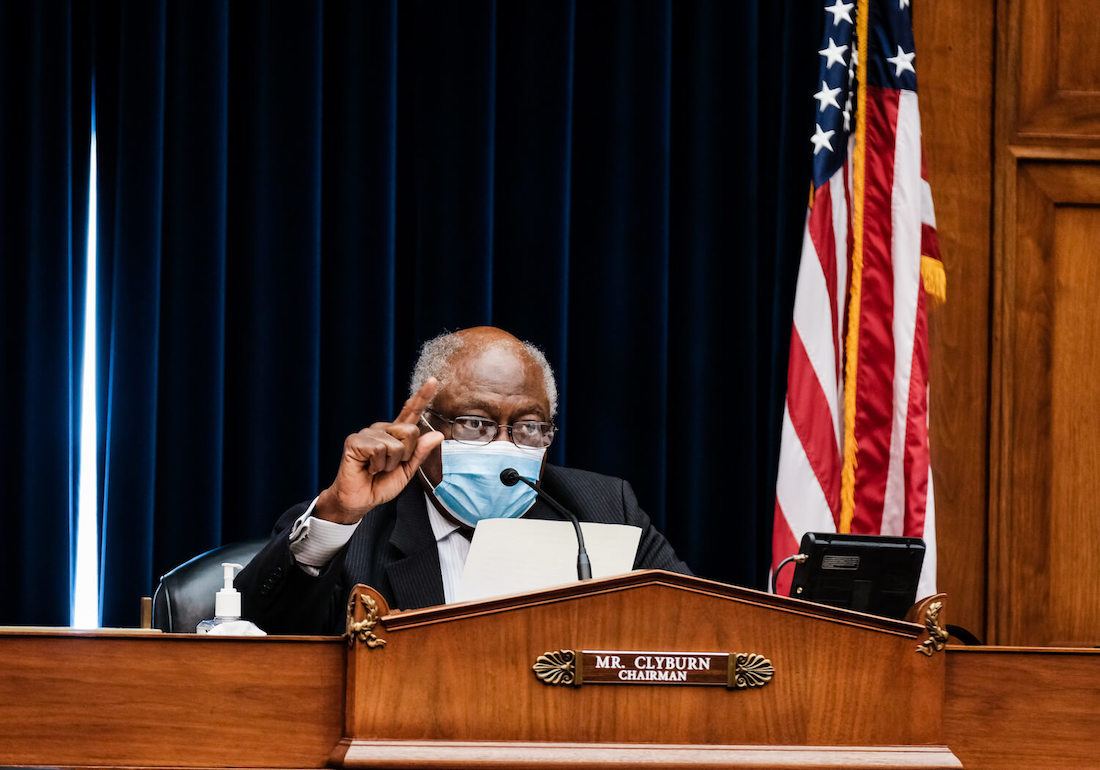The latest recommendations apply to areas with high community transmission of Covid-19—that’s 94 percent of U.S. counties. Some advocates say it’s the bare minimum.
The Occupational Safety and Health Administration (OSHA) wants workers to mask up again.
The agency, which oversees workplace safety, revised its pandemic guidance last Friday to encourage universal masking for people who work indoors in areas of high community spread. The change brought the agency’s recommendations in line with the Centers for Disease Control and Prevention’s (CDC) current stance that all workers, including those who are fully vaccinated, wear masks in areas with high rates of Covid-19.
“Fully vaccinated people in areas of substantial or high transmission should be required to wear face coverings inside,” reads the updated OSHA guidance. Right now, 94 percent of U.S. counties meet the CDC’s definition of substantial or high community transmission, based on the seven-day rolling average of new reported cases per 100,000 residents.
The update is a reversal of the agency’s previous recommendation, which suggested that “most employers no longer need to take steps to protect their fully vaccinated workers,” except in limited cases, such as when workers are immunocompromised. Prior, CDC and OSHA had issued joint guidance recommending that meat and poultry workers wear masks. The renewed push for universal masking, regardless of vaccination status, stems from concern about the ongoing “fourth wave” of Covid-19 cases, driven in part by the highly contagious Delta variant.
The update is a reversal of the agency’s previous recommendation, which suggested that “most employers no longer need to take steps to protect their fully vaccinated workers.”
The move isn’t surprising for some food sector workers, who say that employers have already begun to reintroduce Covid-19 precautions that had been done away with in the early summer.
“As of the last two weeks, all of the meat facilities have [gone] back to masks and dividers,” said Eric Reeder, president of the United Food and Commercial Workers Union Local 293, which represents workers at JBS, Smithfield, Tyson, and Cargill plants in Nebraska, among others.
In its guidance, OSHA specifically lists meat, seafood, and poultry processing plants; grocery stores; and agricultural facilities as “higher-risk” workplaces. However, OSHA’s public health recommendations to such facilities aren’t binding, meaning that the agency doesn’t have a lot of weight to throw around if an employer refuses to adhere to them. The lack of an enforceable standard for workers in the food system has drawn heavy criticism from labor advocates. (For comparison, OSHA does have a mandatory standard in place, but it only applies to healthcare settings.)
Reeder said that OSHA could do a lot more to safeguard workers from Covid-19, for example, by addressing vaccine hesitancy. He suggested that the agency push employers to disseminate vaccine information in multiple languages, the way that it already does in the case of safety training information.
“The education about the vaccines being safe, at least the ones I’ve seen in the plants I’ve looked at, are pretty much being put out there in just English only.”
“The education about the vaccines being safe, at least the ones I’ve seen in the plants I’ve looked at, are pretty much being put out there in just English only,” he said. “There are people out there from other countries especially that don’t get that message. And they’re nervous, they’re scared.”
For some employers, OSHA new guidance may mean a return to the precautions that defined 2020 and early 2021—measures that, along with the pandemic, seemed to be receding in the rearview mirror before cases began to rise again. But for others, it doesn’t really change a thing.
“We’ve been doing that anyways,” said Antwan Smalls, chef and co-owner of My Three Sons of Charleston, a restaurant in South Carolina, referring to universal masking. Previously, Smalls told The Counter that he was continuing to space dining tables apart, even in the absence of state capacity limits, in order to protect staff and customers who were not yet fully vaccinated. The new OSHA guidance reaffirms his sense that it’s not time to let his guard down yet.
“From a safety aspect, we’re just trying to control and contain what we can to take care of ourselves as well as anybody that we’re serving.”
